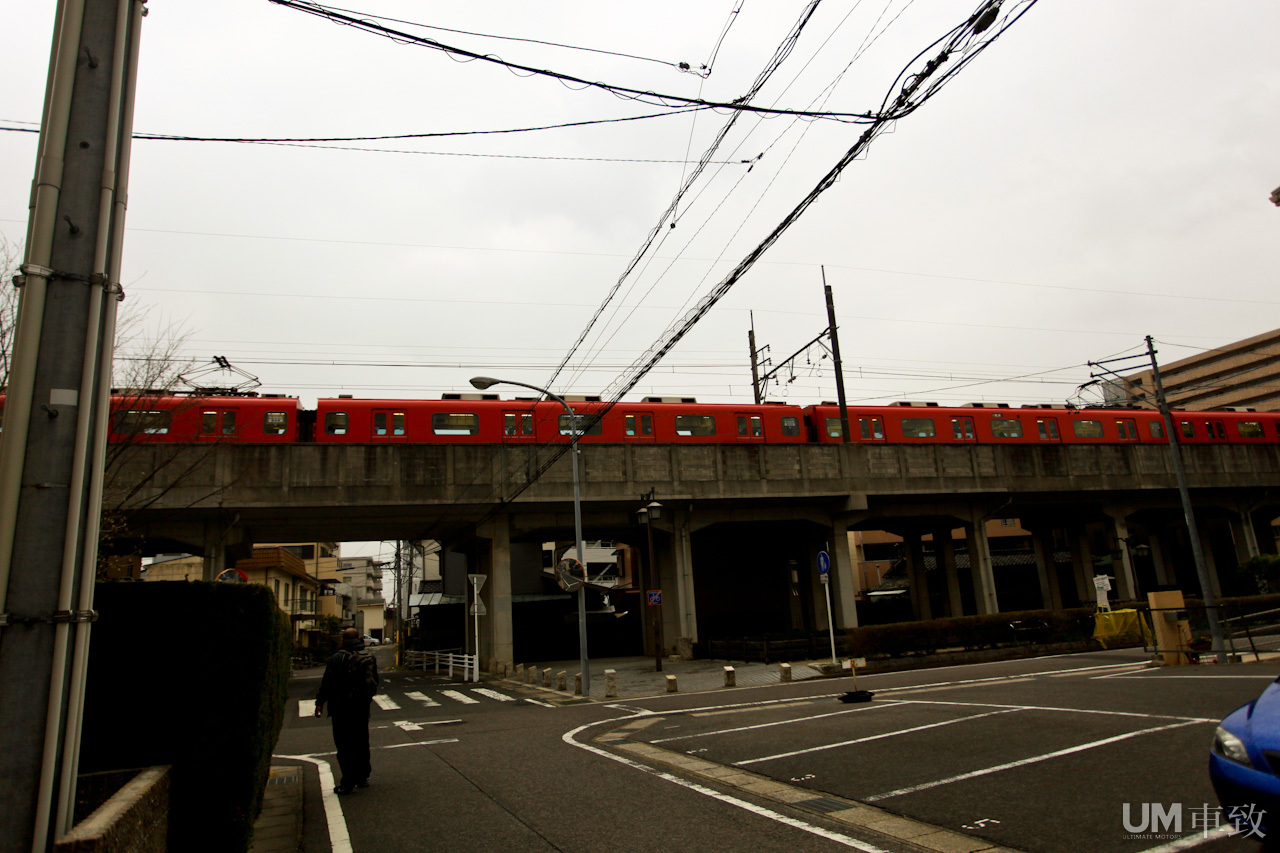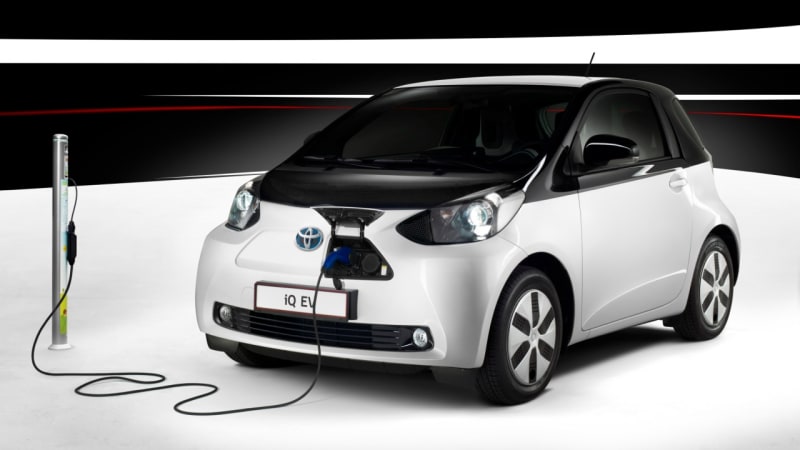Toyota expanding Aichi's test EV infrastructure in Japan

OK, now we're really confused. In the US, Toyota has been telling anyone who cares to listen that the future of advanced-powertrain technology is hydrogen fuel-cell vehicles, not electric ones. In China, a Toyota joint venture is looking at EVs. Over in Japan? They've just decided to pony up a little more for testing electric-vehicle technology. Maybe something's lost in translation.
Toyota has been running an electric-vehicle charging station trial project in Japan's Aichi Prefecture during the past couple of years and is now ready to expand that program, adding 43 new charging stations to the 104 already present. Many of the EVSEs are in municipal-owned properties or in mountainous areas (where EV batteries drain the fastest). Toyota's expanded program started running in Kariya City, Toyota City, Toyohashi City and Nagakute City this month, and testing will extend until the end of next March. There's more in Toyota's press release below.
Toyota's electric-vehicle presence is limited here in the US, as the low-production RAV4 crossover is the only model sold here. Toyota executive Craig Scott was recently quoted as saying that the company questions whether there is sufficient demand in the US for pure electric vehicles. With that in mind, Toyota will debut its hydrogen fuel cell model in the US in 2015. Show full PR text Toyota to Test Expansion of EV and PHV Charging Infrastructure in Japan
Toyota City, Japan, October 31, 2014?Toyota Motor Corporation announces that it will be testing electric vehicle charging infrastructure in Aichi Prefecture from November 1 until March 15, 2015. The tests will involve standard chargers for use with vehicles such as plug-in hybrid vehicles (PHVs) and electric vehicles (EVs). The tests will be conducted jointly with four municipalities (Kariya City, Toyota City, Toyohashi City, and Nagakute City) and two companies (Toyota Industries Corporation and UNY Co., Ltd.), all of which are located in Aichi Prefecture. Toyota conducted similar tests in FY2012 and FY20131.
In addition to targeting commercial, tourist, and accommodation facilities as in past tests, this year's tests will also involve cultural and social service facilities (including some in hilly and mountainous areas). Multiple chargers will be installed at certain commercial facilities where charger use was heavy in last year's tests. The aim will be to ascertain the optimal number and location of charging stations and their ease of use.
A total of 147 chargers will be used in the upcoming tests, including 43 newly installed chargers (some of which are non-subsidized) and 104 installed in or prior to the last fiscal year. To publicize the tests and encourage wider use of the chargers, Toyota will distribute leaflets detailing charger locations and display posters at the participating municipal facilities.
The tests will focus on Identifying ideal charger locations and operating methods by monitoring usage (charging frequency and duration) for each day and hour at each facility.
Determining whether installing chargers at city-owned facilities near popular driving destinations in hilly and mountainous areas will allay user concerns about running out of battery-charge and also help increase the number of new users.
Installing multiple chargers at commercial facilities where usage is heavy and monitoring changes in usage to ascertain the need for energy management measures, such as peak shaving.
The tests qualify for subsidies from the FY2014 "Subsidy Program to Support R&D for the Creation of New Aichi"2. Funds from the subsidy program will be used to help examine and verify optimum charger locations and operating methods.
1Fiscal year is from April 1 to March 31.
2Established to promote industry R&D and verification tests in future-oriented fields such as next-generation vehicles and aerospace. The program is funded by Aichi Prefecture's Tax Reduction Fund to Countermeasure Deindustrialization. For the purposes of this test, funds from the program will mainly be used to examine optimal charger installation locations, as well as convenient and user-friendly authentication methods.
Source





